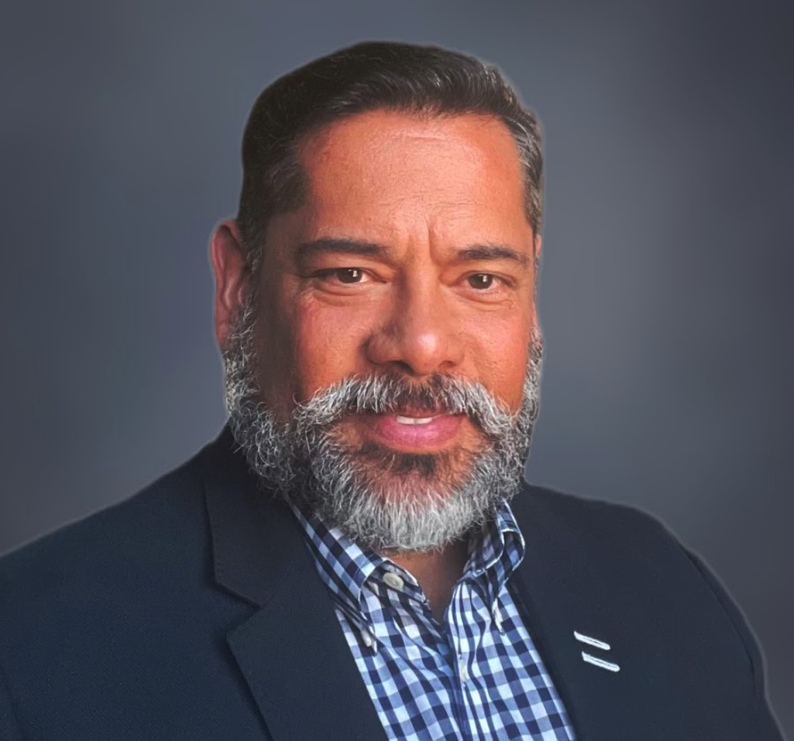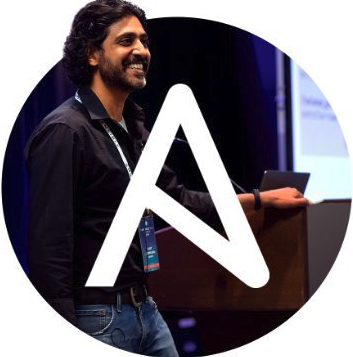Ansible® Automates 2023 is an in-person and live stream conference hosted by Red Hat. The right IT automation solution can unify teams and processes across an organization, ultimately transforming the way IT is delivered.
Red Hat® Ansible Automation Platform supports extensive possibilities and is designed with hybrid cloud infrastructure in mind. It is a flexible, scalable, and multifaceted automation solution that works across your enterprise, wherever your organization might be in its automation journey.
Why attend?
Join #AnsibleAutomates2023 to learn how to create an automation-first approach for your organization.
Who should attend?
#AnsibleAutomates2023 is for IT business leaders and their teams
This event is not meant to provide technical instruction and training on Ansible Automation Platform. For all technical training, please view our Red Hat Training courses or our Ansible technical workshops.
Are you going to be in the D.C. area? Join us in person by registering here.
| Important Notice | |
|
|
| SESSION | TIME |
|---|---|
|
Welcome: Introduction & Keynote Mark Valcich, Civilian and Public Sector General Manager at Intel |
10:00 AM – 10:20 AM ET |
|
Addressing Cybersecurity Workforce “Opportunities” with Automation Francisco Ramirez, Chief Architect, State and Local Government Cybersecurity continues to be a critical concern for individuals, organizations, and governments worldwide. However, the increasing reliance on technology has also resulted in a growing demand for skilled cybersecurity professionals to secure these systems and data. This demand has helped to identify numerous “opportunities” for automation to play a significant role in helping to enable and upskill the cybersecurity workforce. This presentation will cover several of these “opportunities.” |
10:20 AM – 10:40 AM ET |
|
Securing the control plane: Hardening the Ansible platform Michael Epley, Chief Architect and Security Strategist, Public Sector Ansible is critical infrastructure for your enterprise. It can automate your security posture for devices ranging from firewalls and switches to application servers and databases, or be the glue that ties threat modeling and compliance auditing to your SIEM and SOAR systems. Because it can play such a central role -- we must protect it as well or it becomes an easy and valuable target. We'll discuss best practices and new guidance from Red Hat for protecting your Ansible Automation Platform (AAP) in the form of a recently released Ansible controller DISA Secure Technical Implementation Guide and a new Red Hat security guide. From there, other ways to think about how you can protect your enterprise control plane. |
10:40 AM – 11:00 AM ET |
| Coffee break | 11:00 AM – 11:15 AM ET |
|
Security Automation with Ansible, Sebastian Dunne Principal Specialist Solution Architect, Red Hat Security encompasses a variety of products and services designed to protect organizations from the loss or damage to their data, applications, IT systems, networks, and devices from malicious or unintended activities. Ansible solves many of these security challenges not by replacing those tools, but by integrating and augmenting them for investigation enrichment, better threat hunting, and faster incident response. Security is too important not to automate. |
11:15 AM – 11:35 AM ET |
|
Ansible best practices for automating firewalls with a focus and demo using PaloAltoNetworks Tony Dubiel, Product Solution Architect, Red Hat Many organizations struggle to configure and manage their firewalls using CLI or GUI tools. With the advent of Zero Trust Security, firewalls have grown in number and complexity. These devices must deliver dynamic segmentation across modern on-premise and cloud networks. This session will explain the Palo Alto Networks Certififed Collection for Ansible and discuss many firewall use cases mapped to the benefits of automation. Also, we will demonstrate a Palo Alto Networks firewall in the AWS cloud using Ansible automation to manage rule onboarding and decommissioning, object modification, policy compliance, and simplifying connectivity to applications throughout the network. |
11:35 AM – 12:00 PM ET |
| Lunch | 12:00 PM – 1:00 PM ET |
|
Intelligent Operations for Security Teams Sebastian Dunne, Tony Dubiel and Dale Lemons We bring it all together in this session, with a demo showing Ansible security automation across multiple platforms and vendors. Splunk, PAN firewalls, and other tools will be highlighted in this demonstration. |
1:00 PM – 1:30 PM ET |
|
Let automation handle your patching so you can worry about other things Will Tome, Automation Strategist The term “patching” dates back to the days of punch cards when a programmer would literally patch a hole in a punch card to correct a bug. Unfortunately, many of our “modern” patching procedures resemble that of the past rather than the future. With known vulnerabilities ranking as a leading attack vector, the time has come to modernize the way we patch our software for our sanity and the security of our critical infrastructure. In this session, we will cover the benefits of automating your patch process, tips for developing your patch automation strategy, and how the Ansible Automation Platform executes your strategy. |
1:30 PM – 1:55 PM ET |
|
Best of Red Hat Summit & AnsibleFest Jamie Beck |
1:55 PM – 2:20 PM ET |
| Afternoon break | 2:20 PM – 2:35 PM ET |
|
Empower rather than delegate - automation and the helpdesk Ajay Chenampara, Automation Strategist In this session, you will learn how enterprise automation can help organizations increase the impact of lower tier helpdesk teams. Traditionally, a helpdesk team monitors the incident ticket queue. Depending on the severity, the helpdesk might open a bridge and get the various operations team on the request, or route the ticket to the appropriate IT team. Automation can change this to make the helpdesk team a force multiplier. Learn how in this session. |
2:35 PM – 3:00 PM ET |
| Q&A Partner Panel Discussion | 3:00 PM – 3:25 PM ET |

Civilian General Manager, Sales and Marketing Group & General Manager, Public Sector, Intel

Chief Architect, State and Local Government - North America Public Sector, Red Hat

Chief Architect and Security Strategist, North America Public Sector, Red Hat

Principal Specialist Solution Architect, Red Hat

Automation Strategist, Red Hat
Will Tome is an Automation Strategist for Red Hat working with federal agencies to develop automation strategies and solutions to solve growing infrastructure complexities and security requirements. He comes from a technical background as a Solutions Architect with Red Hat Ansible Automation Platform, which allows him to translate unique technical requirements and limitations into effective strategies that serve the mission and produce meaningful outcomes.

Product Solution Architect, Red Hat
Tony Dubiel is a Product Solution Architect for Red Hat’s Ansible Automation Platform supporting North America Public Sector (NAPs). He is an Air Force veteran with over 25 years of telecommunications and network automation experience. Before joining Red Hat Tony worked for Cisco, WWT, and Northop Grumman. Tony is passionate about aligning DevOps best practices with modern network operations. Tony is very active with helping customers adopt network automation and introduce Ansible into their complex network environments. He is currently an active triple CCIE #10844 (DC, R&S, and Voice), Ansible Network Automation Specialist, and Cisco Devnet Professional certified.

Senior Principal Product Marketing Manager, Red Hat
Jamie Beck is a Senior Principal Product Marketing Manager with the Ansible Automation Business Unit at Red Hat. Jamie has an extensive background in networking and security having spent a number of years at Cisco and Tenable, and has been at Red Hat since 2017.

Automation Strategist, Red Hat
Ajay is an IT network industry veteran with over 2 decades in this space. He is a Principal Solution Architect with Red Hat, focused on helping customers achieve their business outcomes using Ansible for automating their networks. Previously he was the global datacenter architect for a top 10 Fortune 500 enterprise, leading the network automation efforts there. He also worked for a community focused network automation startup, helping network engineers adopt DevOps tools and methodologies across the globe.